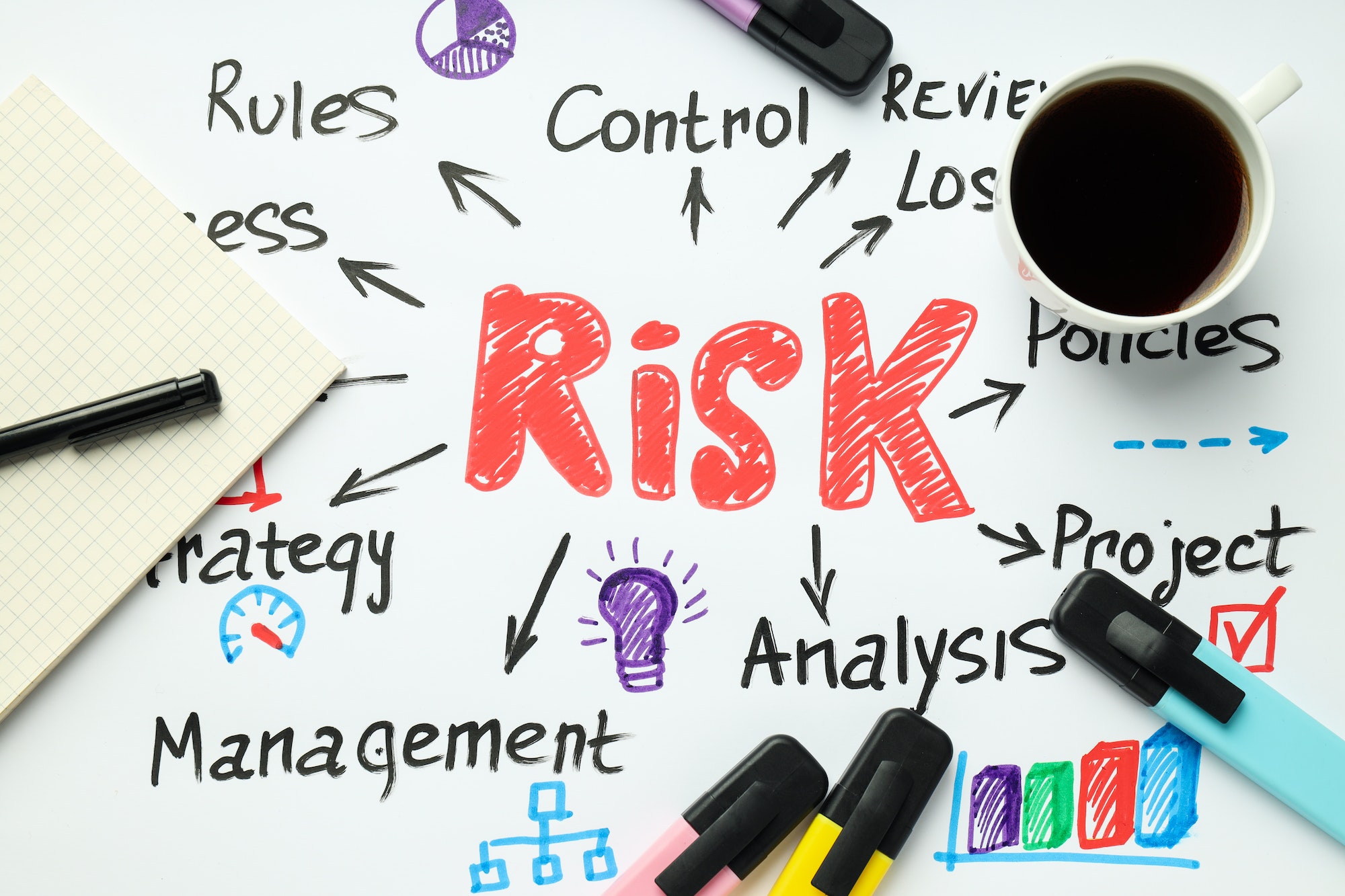In today’s interconnected business environment, organizations increasingly rely on third-party vendors, suppliers, service providers, and technology assets (e.g., source code, cloud services, etc.) for critical operations that deliver value to customers. In 2023, organizations grappled with the rapid rise of generative artificial intelligence-based solutions that are consumer and employee accessible, with zero expertise required to navigate. This additional layer of tooling means that a 3rd party A.I. model is processing and storing company information, potentially creating work products with little-to-no validation for accuracy and legally unclear ownership.
Can existing third-party risk management processes and solutions appropriately address the risks? Well, that’s a loaded question, but this article will help you navigate the landscape and maximize your chances to succeed on your risk management journey.
Defining Third-Party and Supply Chain Risk Management
First, let’s understand what third-party risk and supply chain risk management are.
Are they synonymous? – maybe
Do they mean different things to different people? – unfortunately, yes.
Third-party risk management (TPRM) refers to evaluating and managing the potential vulnerabilities, issues, and threats that arise from engaging with external entities – regardless of how they support your organization. This means everyone, from the pencil store to Microsoft.
Supply chain risk management (SCRM) is the management of potential vulnerabilities, issues, and threats to, and within, your product supply chain with the goal of reducing risk and ensuring continuity.
Where some of the variation in terminology and use of SCRM comes into question is what we are referring to when we talk about “supply chain,” as it can be different by department, company, or industry. Some examples include: – Manufacturing supply chain: raw materials, parts, components, energy, coolant, etc. – Technology supply chain: Source code, data objects, cloud infrastructure hosting, software, hardware, etc. – Generic business supply chain: data, analytics, promotional materials, testing results, etc.
Is TPRM a subset of SCRM or vice versa?
In my experience, it depends on who you ask, as I’ve heard it argued both ways.
If you are a company that manufactures products but also does new product R&D as well as marketing and sales of your product, some might say TPRM covers everything, and the supply chain pertains to manufacturing. But then there is IT and technology. They might refer to their technical supply chain for assets that make up systems and capabilities that they deliver for the organization or customers. Anyone (e.g., vendors selling tools) also might latch on to Supply Chain Risk because it has been emphasized as more critical coming out of the global pandemic of 2020.
I am here to say that the naming arguments don’t matter as much as how you operationally define them for your organization.
Core Components of TPRM and SCRM
The Role of TPRM in Cybersecurity:
1. Risk Assessment: TPRM involves assessing the cybersecurity posture of third parties before and during the engagement. It helps identify potential risks and vulnerabilities to ensure adequate protection of sensitive data and assets.
2. Due Diligence: Thorough due diligence is crucial to evaluate the security practices and controls of third parties. Assessing factors like security policies, incident response plans, and regulatory compliance ensures alignment with the organization’s cybersecurity requirements.
3. Contractual Agreements: Establishing comprehensive contractual agreements helps set clear expectations and responsibilities regarding cybersecurity. These agreements should outline the third party’s obligation to maintain appropriate security measures, incident reporting protocols, and liability provisions.
4. Ongoing Monitoring: Cybersecurity risks are dynamic and ever-evolving. Regular monitoring and assessment of third-party security practices are necessary to identify emerging risks and take proactive measures to mitigate them.
Connecting TPRM to Enterprise Risk Domains:
1. Compliance and Legal Risk: Compliance with data protection regulations by all relevant third parties avoids legal consequences for the organization. TPRM ensures that third parties adhere to relevant regulations and contractual obligations, reducing compliance risks.
2. Operational Risk: A cybersecurity incident at a third party can disrupt operations, impacting the organization’s ability to deliver products or services. TPRM helps identify potential operational risks associated with third parties and facilitates appropriate risk mitigation strategies.
3. Reputational Risk: A data breach or security incident involving a third party can tarnish an organization’s reputation. By actively managing third-party risks, an organization protects its brand reputation and maintains customer trust.
4. Financial Risk: A significant cybersecurity incident can result in financial losses, ranging from legal fees and penalties to revenue loss due to business interruption. TPRM aims to mitigate
financial risks associated with third-party engagements by ensuring appropriate security measures are in place.
Third-party risk management in cybersecurity is a critical aspect of overall enterprise risk management. By effectively assessing, monitoring, and mitigating risks associated with external entities, organizations can protect their sensitive data, maintain operational resilience, and safeguard their reputation. Integrating TPRM into broader enterprise risk domains enhances the organization’s risk management framework, providing a holistic approach to cybersecurity and minimizing potential vulnerabilities in today’s interconnected business ecosystem.



